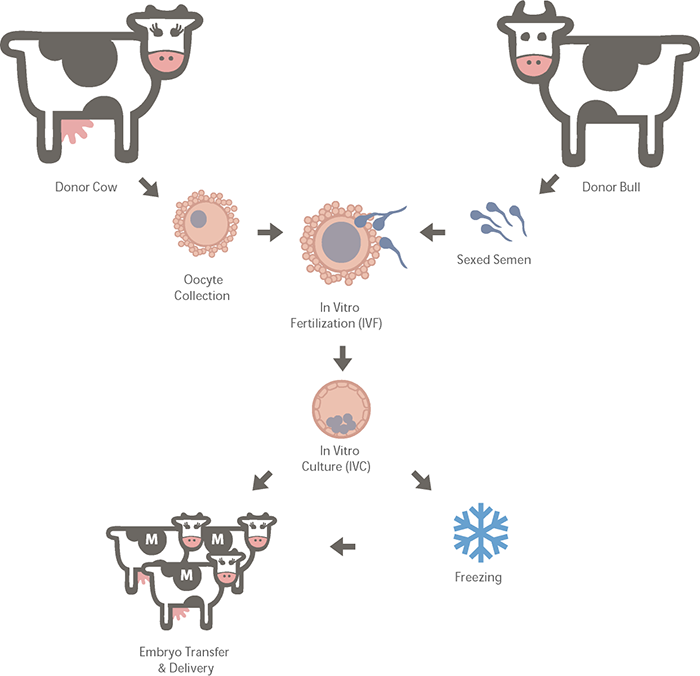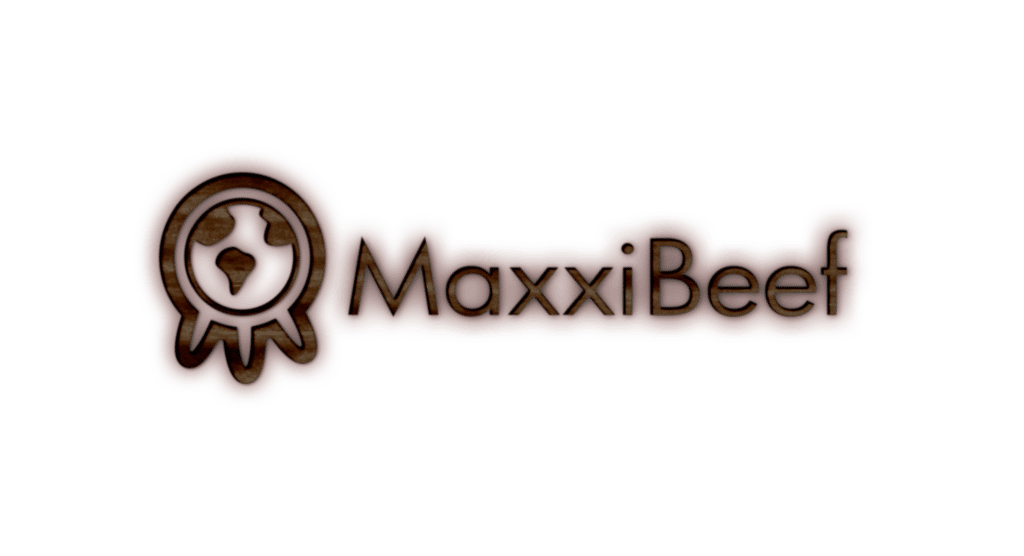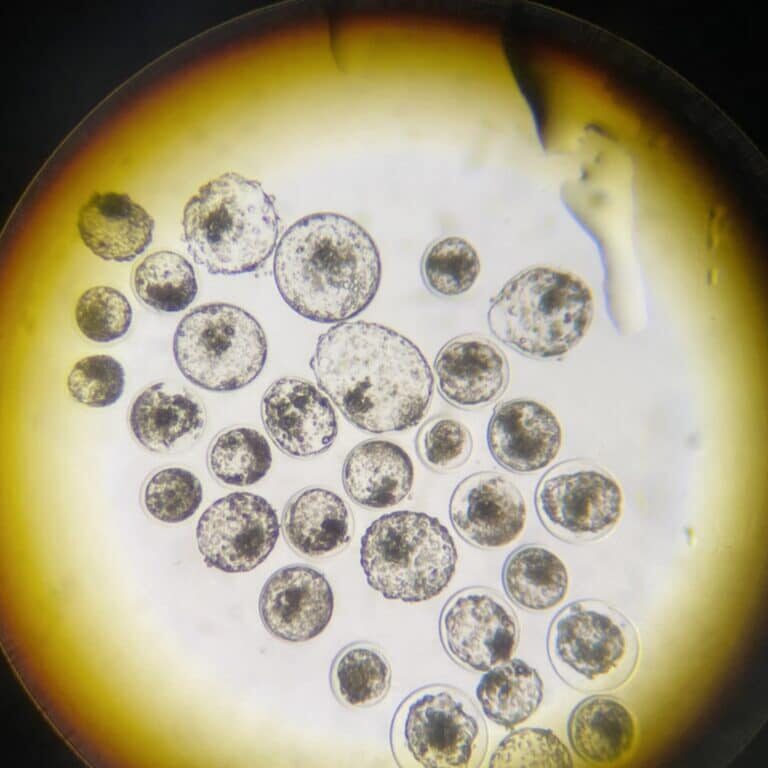Reproductive Biotechnology
Manipulation of genetics in a population has a long-standing history in animal agriculture and initially occurred through selection practices based on characteristics or specific production traits. With the increasing demand to maximize performance, while maintaining well-rounded, healthy dairy and beef producers, animal biotechnology has also advanced, offering faster and more accurate selection methods.

- Multiply your herd’s top female genetics
- Select the most valuable Cow/Heifer according to genomic testing
- Manage donor cow’s health & nutrition
- Oocytes can be collected in the field up to twice a week for each donor
- Oocytes can also be collected from the ovaries of recently deceased donor
- Multiple mating can be used for each donor
- Excellent results with sex-sorted semen
- Conventional semen can be reverse-sorted
- Make any pure or cross embryos you desire
- Maxximilk’s big data experience can help you to choose the most suitable mating
- Embryos cultured in the incubator for 7-8 days in the most suitable controlled environment
- 30-40% grade I embryos will develop from high-quality oocytes
- A pregnancy rate of 30-50% can be expected for fresh grade I embryos and a reduction of 10-15% with frozen ones
- All Grade I embryos can be frozen for domestic or international future use
- Embryos are frozen and ready for direct transfer (DT)

Dairy
The dairy industry is the leader in the food animal sector in successfully applying advanced reproductive technologies.
Over the years, milk production per cow has steadily increased through the combined improvement of management, nutrition, and genetic selection. These factors, in turn, influence the fertility of the dairy cows and call to maintain reproduction. Initially, in vitro fertilization was used as an experimental procedure for treating infertile animals. It has since evolved and is used as a genomic accelerator to improve dairy cattle production. In this usage, genomic selection of young animals and embryos combined with sexing technologies and new freezing methods are driving a new era of in vitro fertilization in the global dairy industry, specifically in North America.
Commercial dairies choose these methods alongside artificial insemination (AI) and natural breeding. The number of in vitro fertilization embryos is increasing as a method of choice for the selection and acceleration of breeding genetically superior animals.
Advantages

Beef
Cattle ranchers are regularly affected by the economy, cattle markets, drought, land restrictions, and rising production costs. Producers constantly evaluate the benefit of management practices on their herds. Strategic decisions, such as a breeding program using embryo transfer, improves herd uniformity, performance, and profitability . In today's market, an ET calf gains significantly more profit than natural service (NS) or AI is well respected.
Advantages

Show Cattle and Rodeos
At a livestock show, livestock is exhibited and judged on certain breed traits specified by their breed standard. Livestock care is of the utmost importance to each show and rodeo in the U.S., and breeding is a crucial part of this industry.
Livestock showing is a fast-paced and highly competitive world where exhibitors push each other to perform better and create better species. Animals with superior qualities become part of the breeding stock, advancing the overall genetics of the species to create a better supply for consumers.
Focusing on embryos production offers several advantages.
Advantages
Embryos & Oocytes for Research
The biotechnology industry is rapidly moving and adapting to in-vitro models. This approach offers a more sustainable and controlled environment compared to live animals, which no longer need to be sacrificed. Pre-implantation embryos and oocytes are used in research applications such as genetic disease testing, toxicity testing, or medical device evaluation. Furthermore, embryonic stem cells can be derived from the inner cell mass of a preimplantation embryo at the blastocyst stage. These cells encompass the potential to develop into the body’s different cells and organs and are therefore highly versatile.

